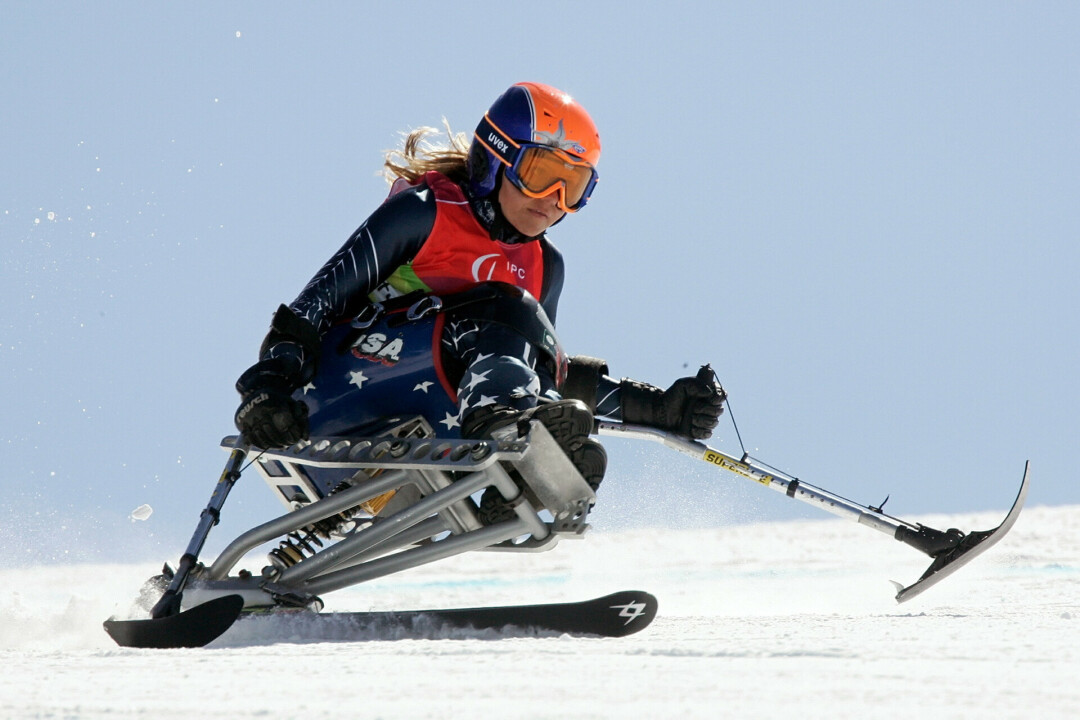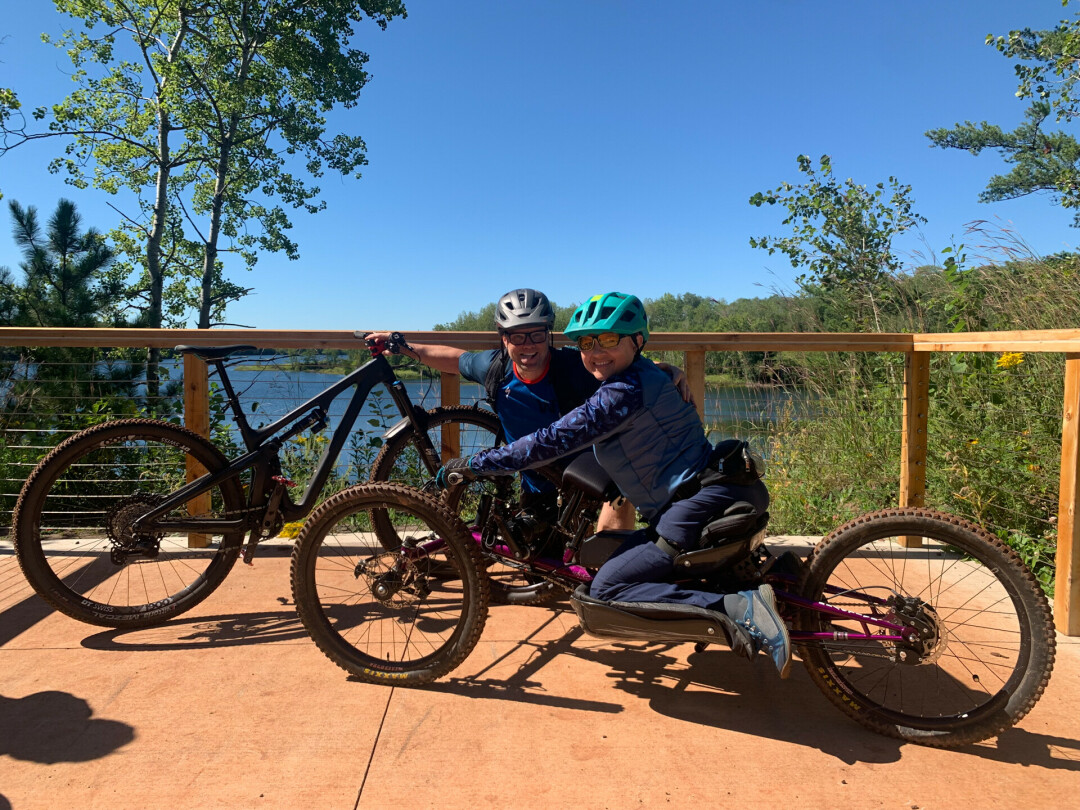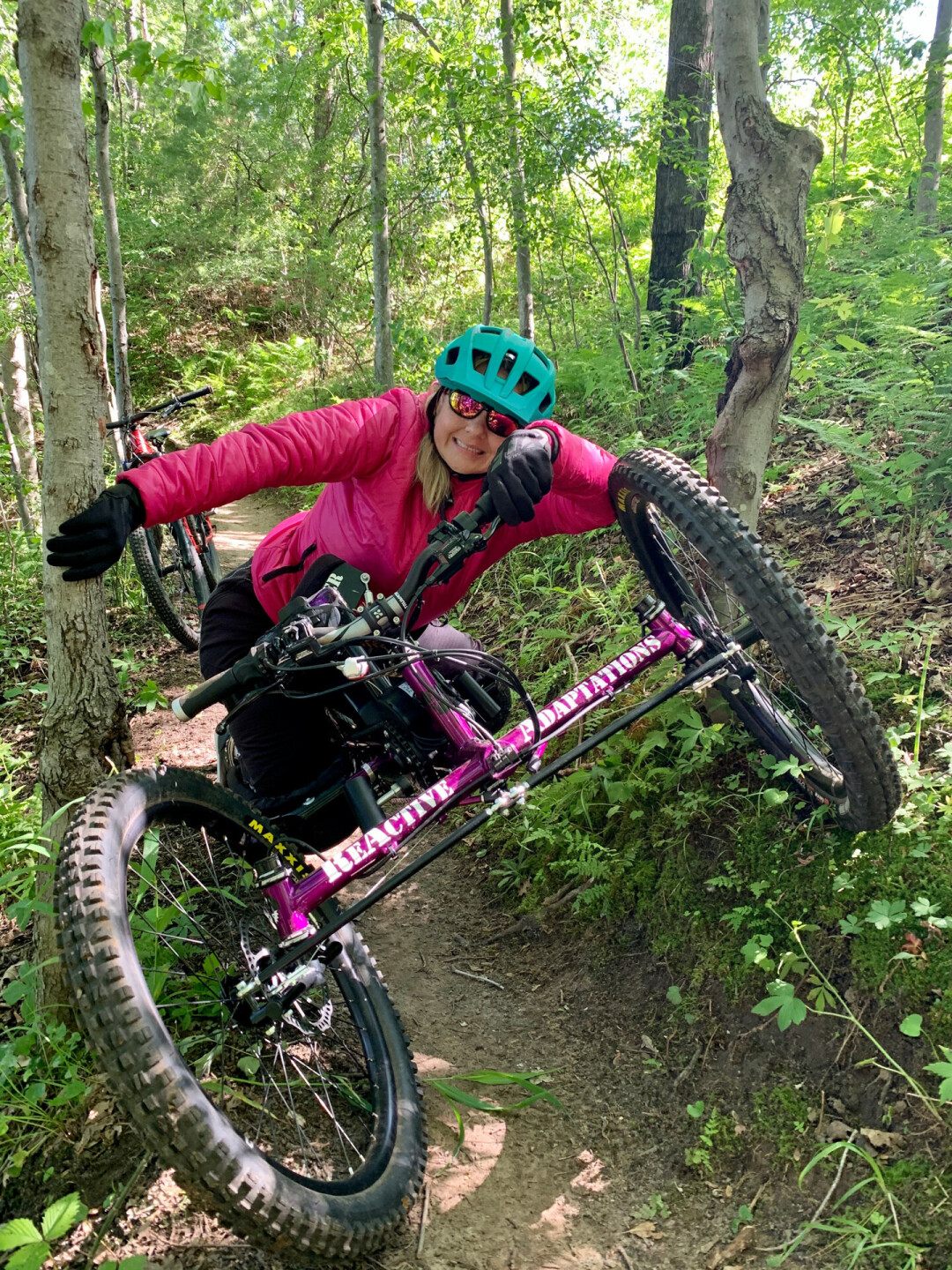Recreation Women Outdoors Ability
BRAVE LACE: Local Hopes to Inspire Inclusivity in Outdoor Recreation
‘There’s a lot of people in my minority that don’t get to use their voices,’ Paralympic medalist Lacey Heward says

What does it mean to be brave? According to Mondovi resident and two-time Paralympic medalist Lacey Heward, being brave is showing up and being 100% your authentic self. That is why she started her blog, “Brave Lace,” in the hopes of inspiring everyone – no matter their age or ability – to show up and be brave.
Heward grew up in Idaho where skiing was a large part of her family and watched her four older siblings come back from the local mountain with huge smiles, having just skied down it. Heward, who is partially paralyzed from the waist down, decided that she wanted to experience the same rush her older siblings got from skiing.
”
I really want to help people. I want to be that confidant, that person that can help people find the answers within themselves.
LACEY HEWARD
paralympian and accessibility advocate
“It wasn’t until I actually skied that I absolutely fell in love with it,” Heward said. “First of all, I got to get out of my clunky wheelchair; second of all, I got to go down all the same runs and ride the same chairlift with everybody else.”
Heward was 14 when she first started skiing and was 22 when she participated in the 2002 Paralympic Games, where she won two bronze medals.
“After finishing my first race, I really wanted to win and that’s what I was shooting for,” Heward said. “I was kind of the up-and-coming athlete on my team and the next year after that, I became the fastest female mono-skier in the world.”

Along with her skiing ventures, Heward decided that biking seemed like the next step in her outdoor recreational journey, and found that her true bike calling was mountain biking.
“On my mountain bike I can go on off-road terrain, I can go on a single track, and I can get up a really steep hill that I wouldn’t be able to climb in my wheelchair,” Heward explained.
Heward’s bike was made by a company called ReActive Adaptations in Colorado. Her particular bike, called “The Bomber,” keeps her in a forward position that lends itself to her spinal cord injury and her balance.
Heward started mountain biking in Idaho and continued to pursue her passion after moving to the Chippewa Valley. Her biggest goal now is to make sure that trails in the area have a universal design, which according to the National Disability Authority, is the design of an environment that can be accessed and used to the greatest extent possible by all people regardless of size, age, and ability.
Heward is the first adaptive representative on the Wisconsin State Trails Council. She joined the board in the hopes of bringing the ideas behind the universal design to local biking trails.
“There’s a lot of people in my minority that don’t get to use their voices,” Heward said. “Because they either don’t get the opportunity or physically can’t use their voice or they don’t sound like us. I’m really doing all of these things to bring awareness about disability and our need for outdoor recreation.”
Now, Heward continues to push for accessibility in all spaces, especially trails. She is currently a peer recovery counselor at At The Roots in Altoona, using her experiences to help others in whatever way she can. She continues to use her blog to try and inspire others to push themselves, no matter their circumstances.

“I really want to help people,” Heward said. “I want to be that confidant, that person that can help people find the answers within themselves.”
You can check out Lacey’s blog at bravelace.com.


















